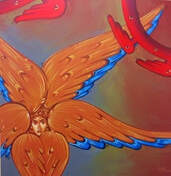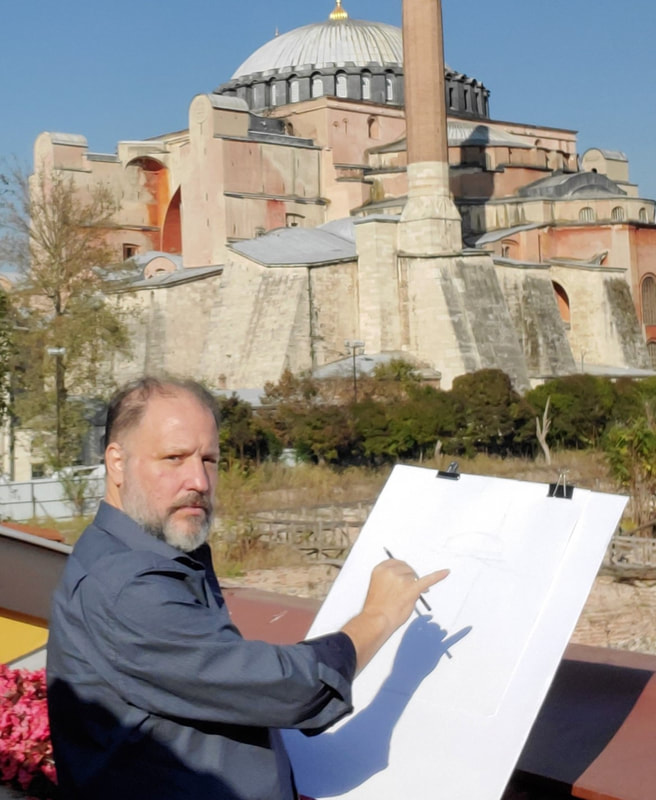It’s business as usual.Throughout Orthodox history, church schisms have typically emerged following prolonged episodes of disagreement, spanning years, decades, or even centuries, of unresolved doctrinal disputes. These divisions often culminated in ecumenical councils, where opposing factions convened to debate and seek a resolution. Numerous instances in the Orthodox Church exemplify this pattern, the Church grappling with controversies that in due course were officially declared as heretical. An archetype of this is the Arian controversy, which endured for over five decades resulting in various factions that persisted until the First Ecumenical Council was convened. During this council, representatives from the Arian and Orthodox factions engaged in dialogue that eventually led to the resolution of their disparities. As a result, bishops across the ecumene subsequently aligned themselves with the established doctrine, embracing the rightful and honorable course of action.
Another example of church schism disputes is the Great Schism of 1054. This controversy began with the Filioque controversy which arose in the 6th century and ultimately resulted in the division between the Eastern Orthodox Church and the Roman Catholic Church. This schism emerged over a combination of theological differences, cultural disparities, and power struggles between the East (centered in Constantinople) and the West (centered in Rome). The culmination of tensions led to mutual excommunications between the Pope of Rome and the Patriarch of Constantinople, contributing to the lasting split between these two major branches of Christianity. Tensions escalated dramatically in 1204 with the savage sacking of Constantinople. The church continued to grow farther and farther apart with few people truly understanding the causes for schism/separation. The Mutual Anathema was eventually lifted in 1964 in the Holy Land during a meeting between Ecumenical Patriarch Athenagoras and Pope Paul VI. This historic event involved an exchange of embrace as a gesture of mutual respect, ushering in an era of dialogue aimed at addressing the numerous Western innovations and pursuing reconciliation between the two. Six decades later, we are gradually advancing towards the restoration of a relationship that required a millennium to develop. The Russian church is well-versed in these historical realities, leading it to adopt distinct approaches to addressing what are often referred to as schisms but are more akin to what I coined a “hissy-fit” ecclesiology. Interestingly, Russian hissy-fit schisms originate from administrative disagreements or other relatively minor issues, rather than doctrinal disputes. This distinctive Muscovite approach to inter-Orthodox church relations isn't mirrored by the ancient patriarchates. Examples of “Russian hissy-fits” abound, such as instances where Moscow employed tactics like blackmail to secure equitable titles, as in the case of Job in the 16th century. The misguided ambition and relentless pursuit for the title “Patriarch” led the Russian church to resort to reprehensible actions, including kidnapping, blackmail, and far worse. The imprisonment of figures like Saint Maximos the Greek, who a Russian sobor (synod) in 1525 accused of, get this, “non-conformism and heresy.” Ironically, Patriarch Cyril employs a similar unjustifiable accusation today. These highlighted inconsistencies and uncanonical behaviors of the Kremlin State Church: Czarist, Soviet, and Modern -Putin’s “church” further underscores Moscow's approach to faith and church diplomacy. The current Moscow Patriarch Cyril claims the 6th in lineage since Tikhon and 5th since Stalin reinstated the Russian State Church. Patriarch Cyril continues utilization of this unconventional approach and heretical ecclesiastic theory: Russkiy Mir. As demonstrated, this approach isn't new for the Moscow church, even in our modern era the Moscow bishop has propagated schisms within its own administrative sphere. The 20th century marked a significant turning point, with controversies erupting in 1917 following the election of the “American Archbishop,” Tikhon. 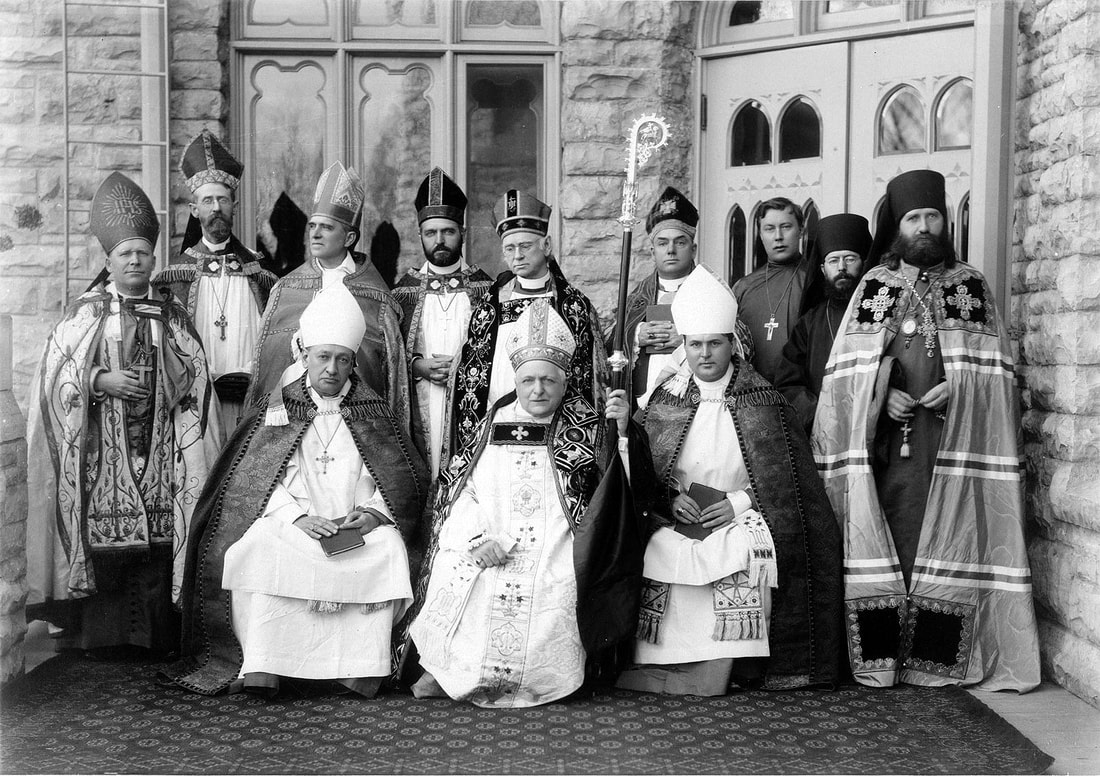 "The Fond du Lac Circus" “The Episcopal Diocese of Fond du Lac (1888-1912) and ecumenist in union. The Episcopal Church has been noted through the years for having a wide range of theological and liturgical "styles", ranging from low Evangelical, high Anglo-Catholic and even Russo-Byzantine.” Pictured is Archbishop Tikhon of the American Metropolia of the Russian Orthodox church and his entourage and a large delegation of Russian diplomats (not pictured). These tensions swiftly resulted in the formation of factions that were in opposition to Tikhon's leadership. Nation-states also sought autonomy from the authoritative grip of the Kremlin Church, with Ukraine leading the way in 1922 through the establishment of the Ukrainian Autocephalous Orthodox Church UAOC after initial requests for autocephaly were denied. This is one of the three churches reconciled with the larger Orthodox fold in 2018, under the guidance of the Ecumenical Patriarchate. The Russian Church experienced further fragmentation as splinter groups, labeled "schismatic" by the Kremlin Church and distanced themselves from Moscow. In 1924, in accordance with another novel canonical anomaly, a synod; self-bestowed and conveyed the title “Patriarch” to its local bishop. Whereupon “Patriarch” Tikhon of Moscow, advises those few bishops still in union with Moscow, “to operate autonomously until normal canonical order could be reestablished…” it never was. The proper phronema would have been to find canonical local bishops to commune with. For example, ex-pat/exiled Russians in { fill-in territory } go under the omophorion of local canonical Orthodox bishop. In stark contrast to proper Orthodox church law, Russia encouraged “Russians” to setup and maintain para-synagogues in the territory of other jurisdictions. This anomaly continues today. Russkiy Mir gets implemented with fierce aggression, Soviet style. The emergence of groups like ROCA, ROCOR, the Living Church, the Old Believers, dozens of separate Old Calendarists… along with the proliferation of breakaway Metropolia created a terrible situation for church relations. However, the passing of Tikhon due to illness in 1925 marked the conclusion, once more, of the Patriarchy in Moscow. It wasn't until 1943 that a new hierarchy, established under Stalin's influence, revived the title of Patriarch for themselves. This move was met with a strong yearning for independence from the control of Moscow. The 1960s marked the initial phase of a notable separatist movement, culminating thirty years later with the dissolution of the Soviet Union in 1990. Since its establishment, the Russian State has leveraged the influential prestige of the Orthodox title "Patriarch," exhibiting no indications of diminishing this unworthy practice. In a bid to stem this ongoing disintegration, Moscow resorted to more unorthodox measures that deviated from established Orthodox canons, such as bestowing autocephalous status to breakaway Metropolia. Most notably is the former Metropolia which has come to be known as the OCA, (Orthodox Church of America), a title even staunch Russophiles find challenging to accept. Even the ROCOR Council of Bishops, 1971:
The Moscow Patriarch's multiple encroachments into the canonical territorial domain of several autocephalous churches as in Alexandria and All Africa serves as a straightforward illustration of the uncanonical disposition and deceitful ethos of the Russian Church, particularly under the current leadership of the local bishop, Cyril. It becomes evident to impartial observers that the moment has arrived to reconsider the historical Tomos that grants the title of Patriarch to the Moscow bishop. Moreover, it seems appropriate to censure the institution established and advanced by Stalin, which continues to exert a detrimental influence on Orthodoxy up to the present day. “Patriarch Kirill, a member of the Russian National Defense Ministry Board, adheres to Putin's regime and built a hierarchy that demands total conformity.” Since the commencement of the euphemistic military operation, a minimum of 300 Orthodox priests have encountered suspensions or defrocking from either Patriarch or state authorities due to their stance on the conflict in Ukraine.
Among the 40,000 clergymen belonging to the Russian Church, a mere 300 priests signed their names to a public letter advocating for peace in Ukraine. The Russian Orthodox Church contends that the punitive actions against these priests who vocalized dissent against the conflict are justified as a response to their alleged involvement in political affairs. Vakhtang Kipshidze, the deputy head of the church’s press service, stated to the Associated Press, "Clergy who transform themselves from priests into political agitators and participants in the political fray inevitably forfeit their pastoral obligations and become liable to canonical prohibitions."
I hold the view that this principle should indeed be extended to Cyril, who appears to be deeply embroiled in political matters. However, given the consistent hypocritical actions exhibited by the Russian church, I am not optimistic about witnessing genuine or appropriate decisions being taken in this regard. I am hopeful that the Ancient Pentarchy might take a decisive stance and act in accordance with canon law, thereby unambiguously proclaiming the proper Orthodox mindset for the entire global community to witness. Such a step could have a significant impact on clarifying the position of the Orthodox Church on crucial matters. In proper Orthodox jurisprudence appeals are made to the Ecumenical Patriarch for ecclesial justice. The prospect of justice remains on the horizon.
Polexeni Hillier
8/29/2023 11:47:52 am
Loved your article....and agree, since Kirill removed Rev. Ioann Koval due to replacing victory with peace in the petition as he saw this as political, may he remove himself as he serves on political committees! Hope all goes smoothly the next few days; see you Friday! Comments are closed.
|
Most Popular Posts
Archives
October 2024
Categories
All
Αγιογράφος
Ηλίας Δαμιανάκης Άρχων Μαΐστωρ της Μεγάλης του Χριστού Εκκλησίας AuthorBy the Grace of God Archon Elias Damianakis has ministered in the study of Holy Iconography since 1980. In his biography you can read about Elias' life and on his portfolio page you can see where he has rendered some of his hand painted iconography or visit the photo galleries to see some of his work. There is a complete list of featured articles, awards and testimonials which you can visit, as well as a list of notable achievements here below. Please contact Elias for more information or suggestions for this website, thank you and God Bless. |
|||||||||||||||
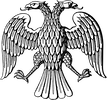
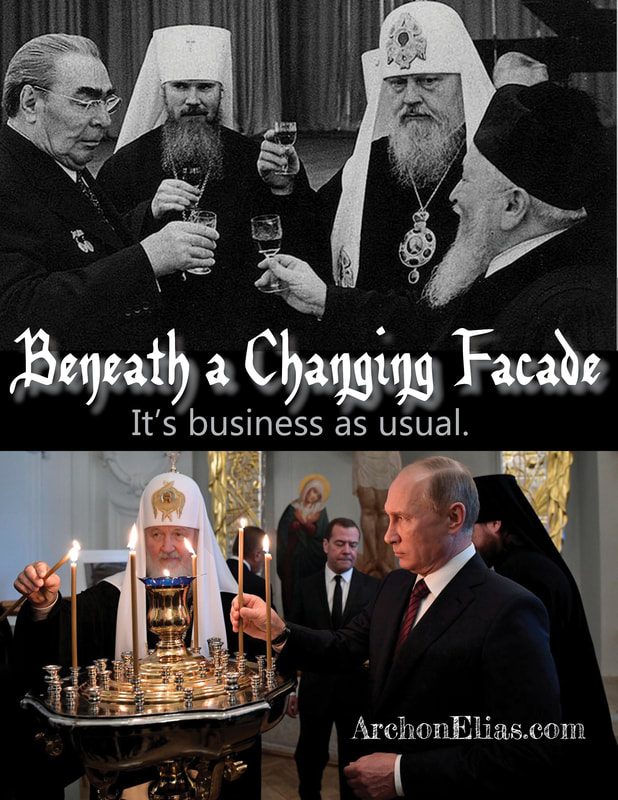
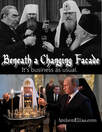

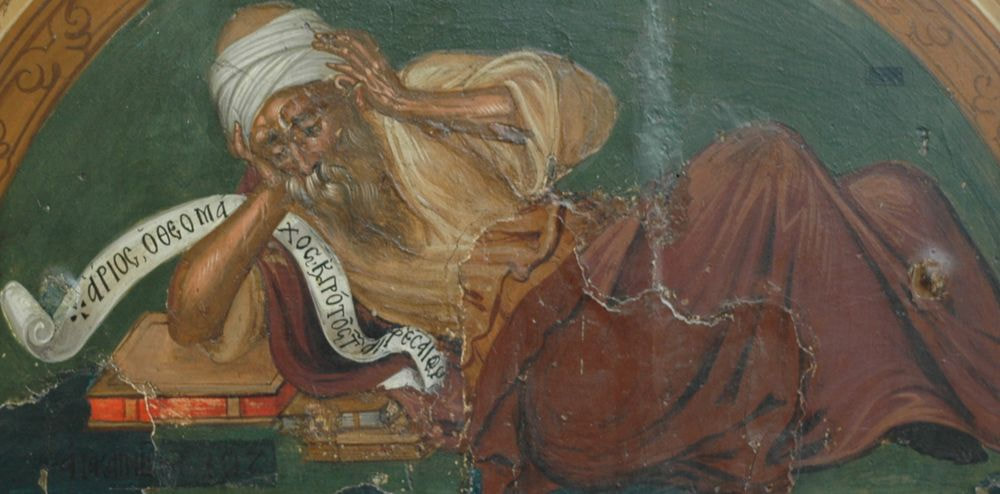
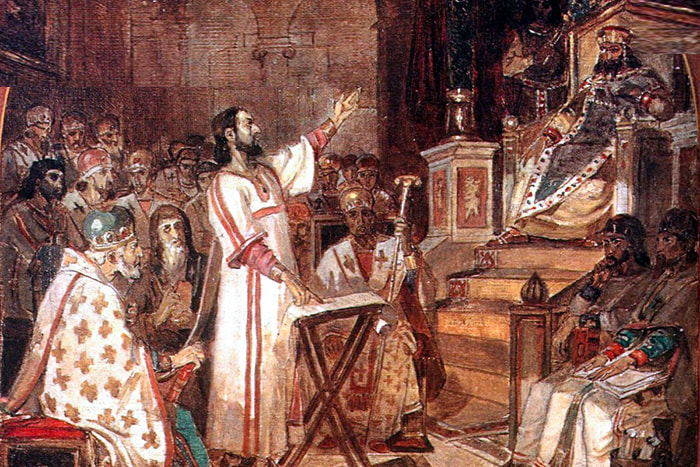
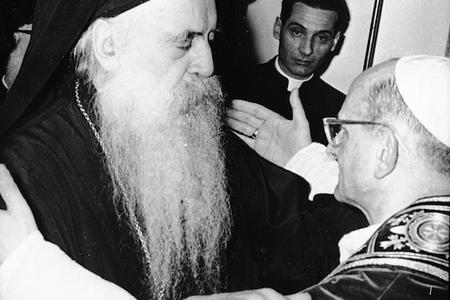
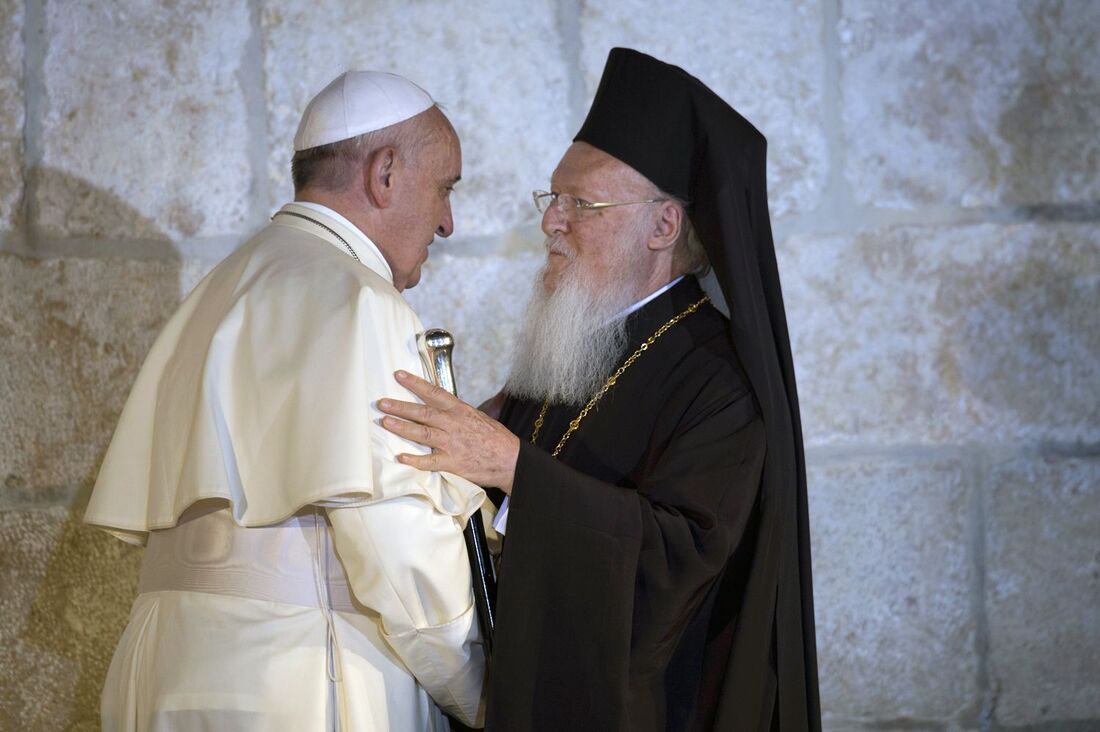
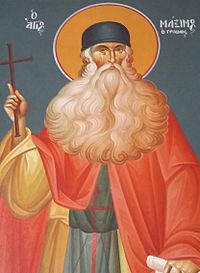
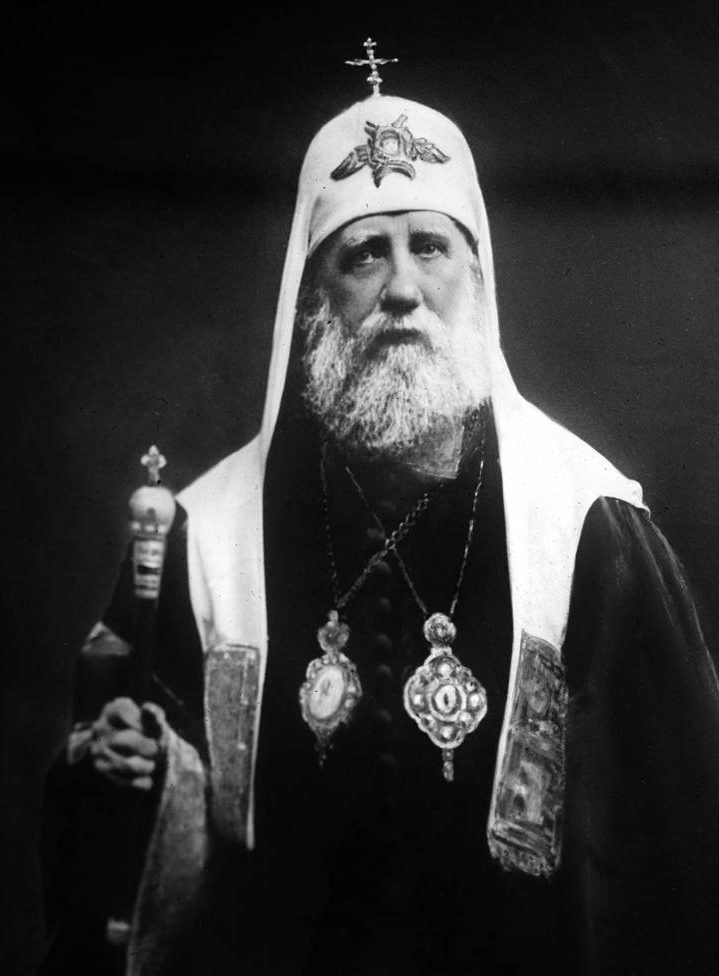
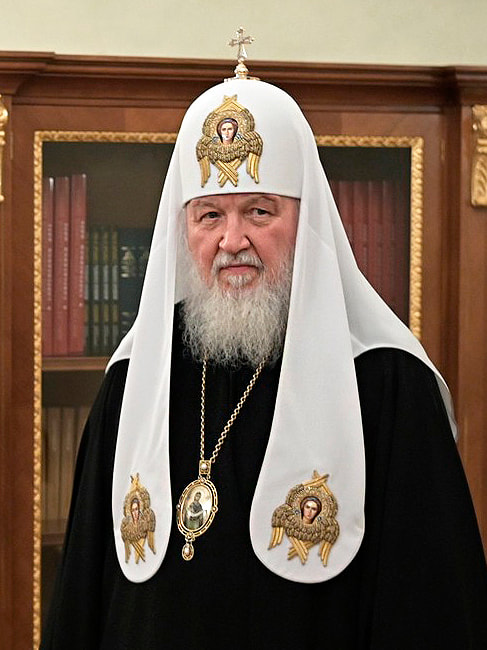
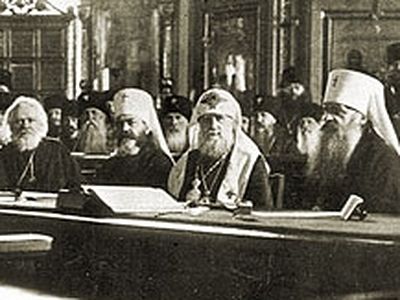
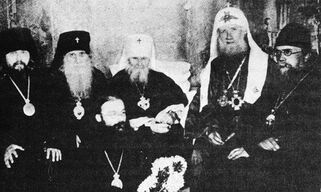
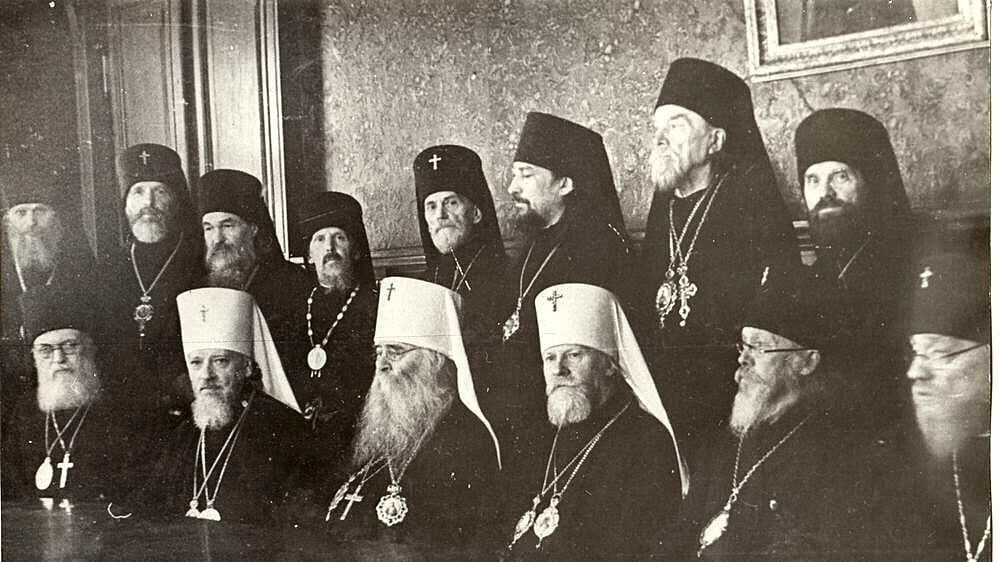
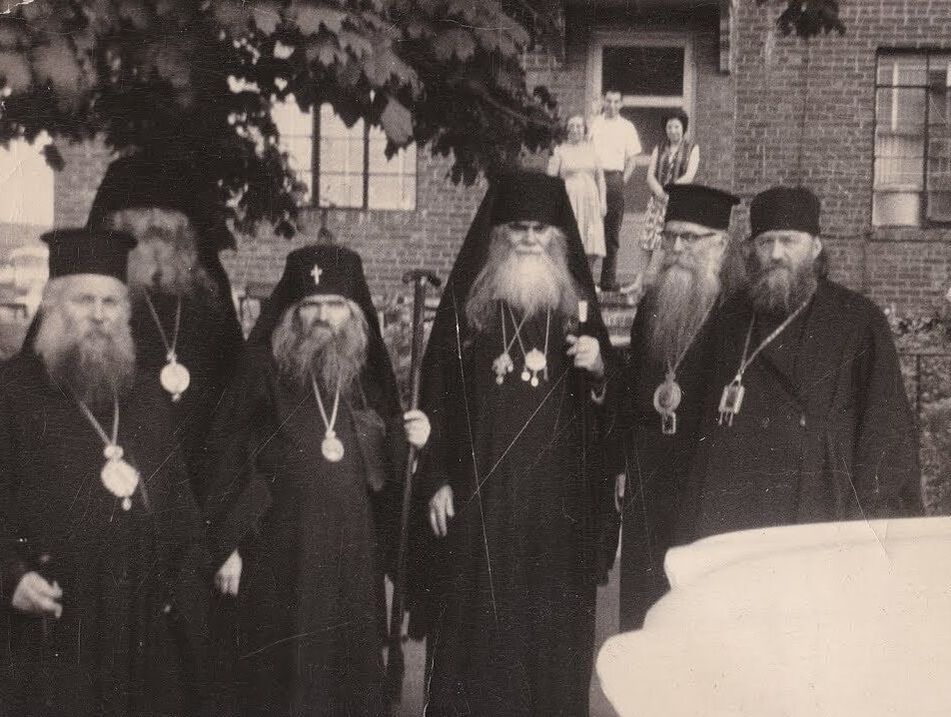
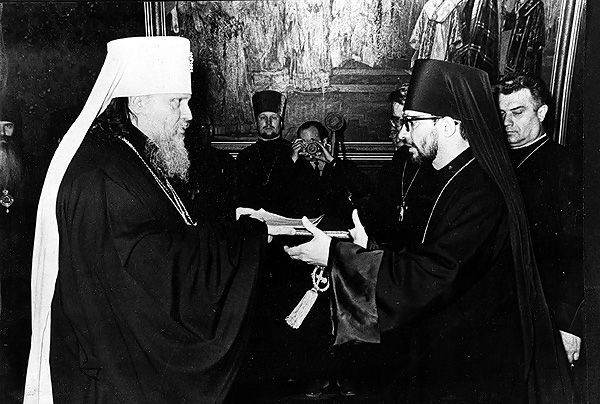
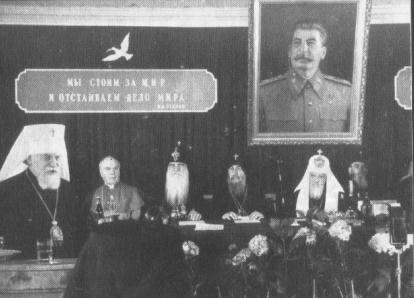
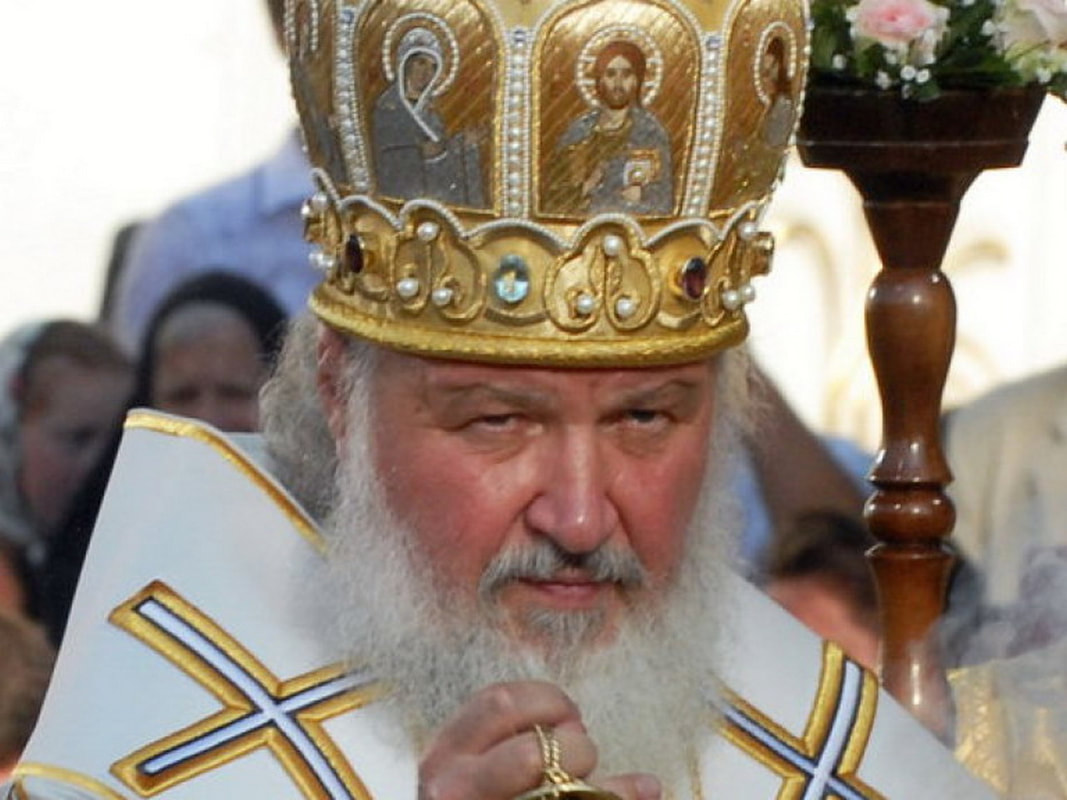
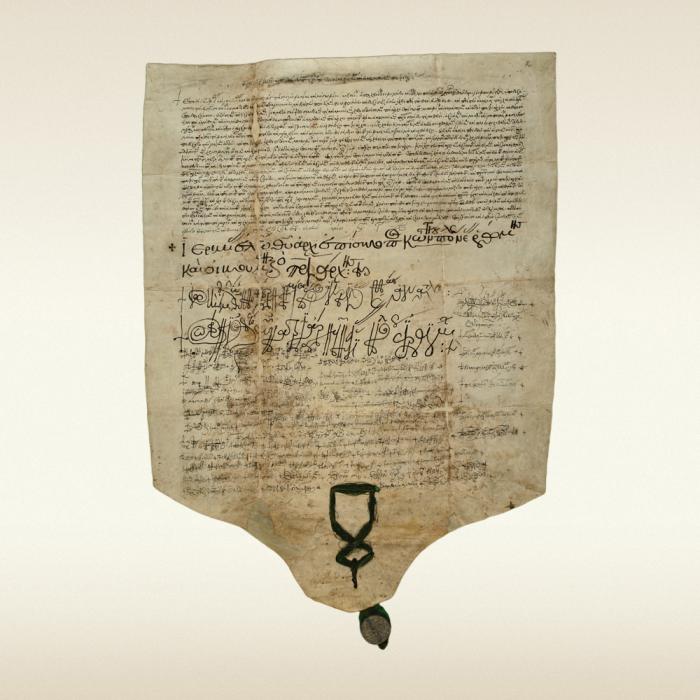
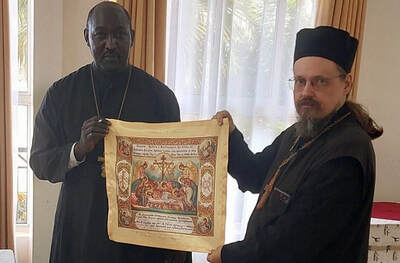
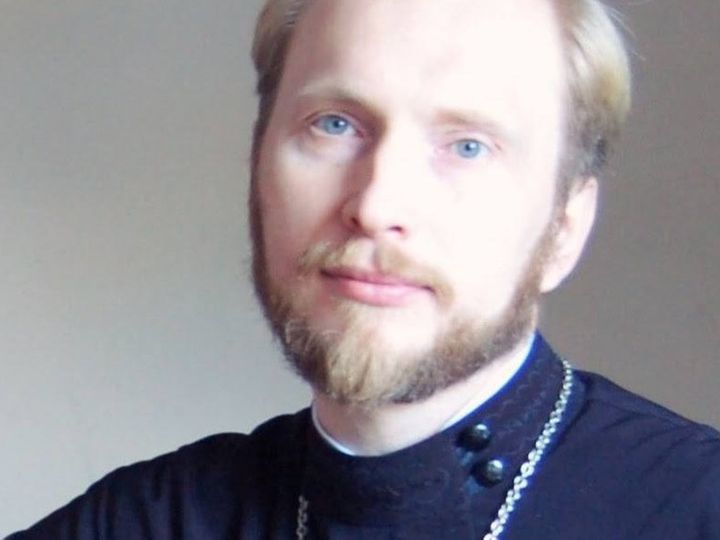
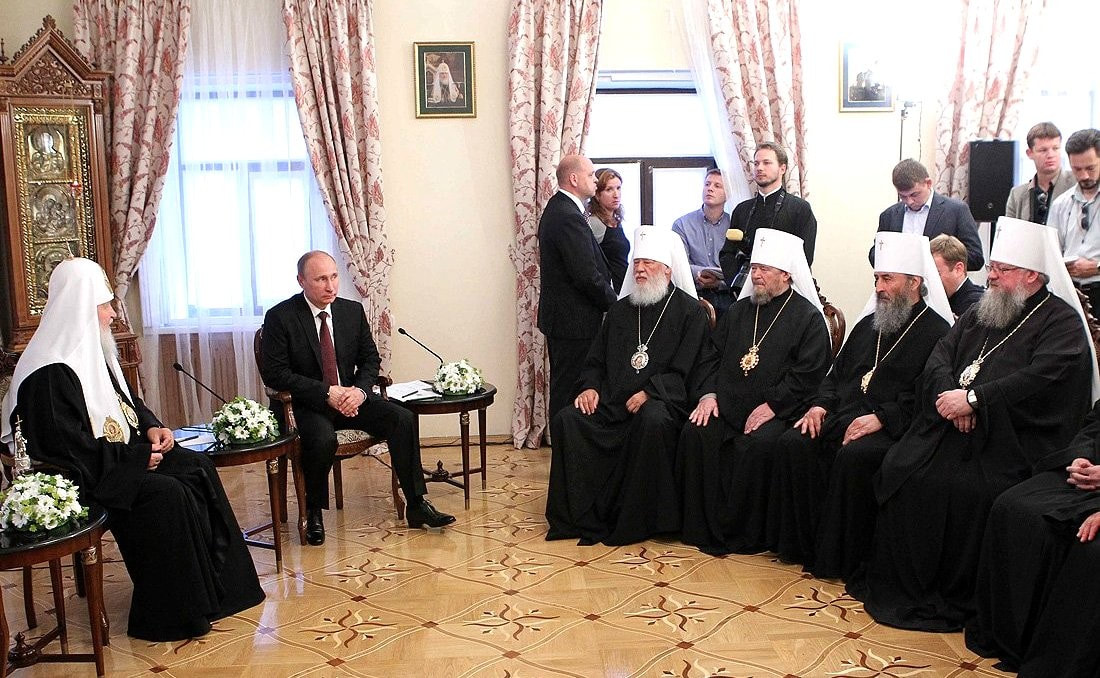
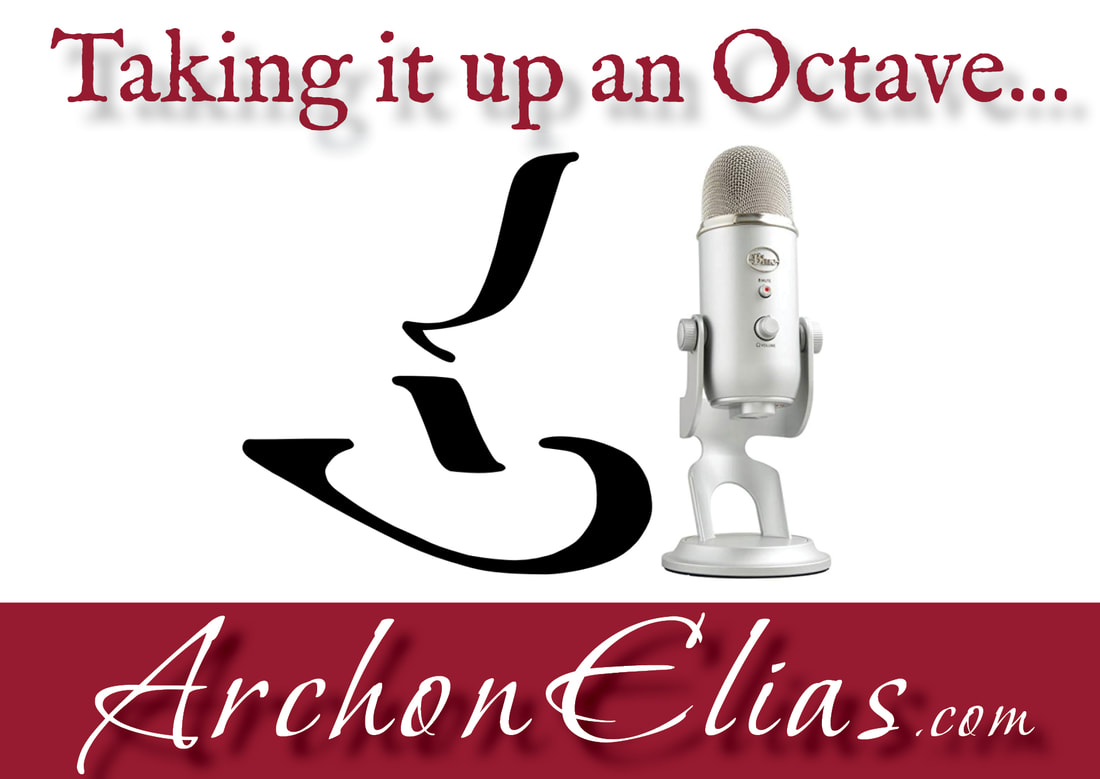
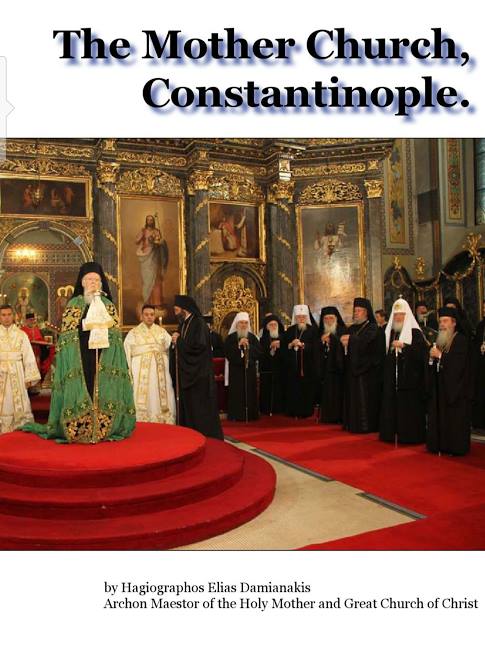
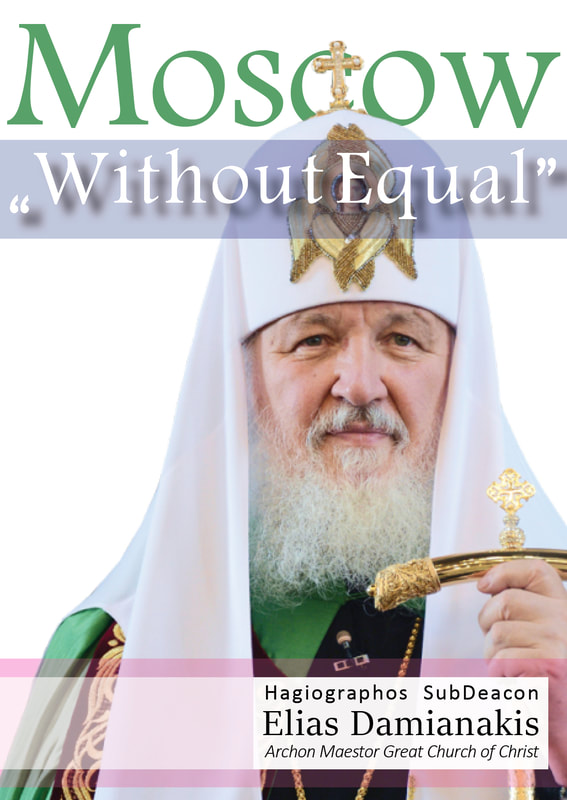
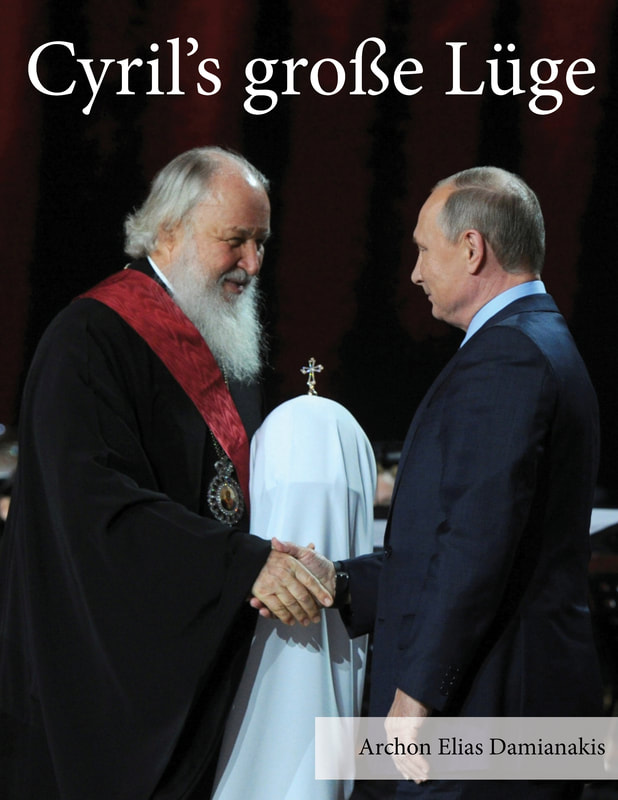
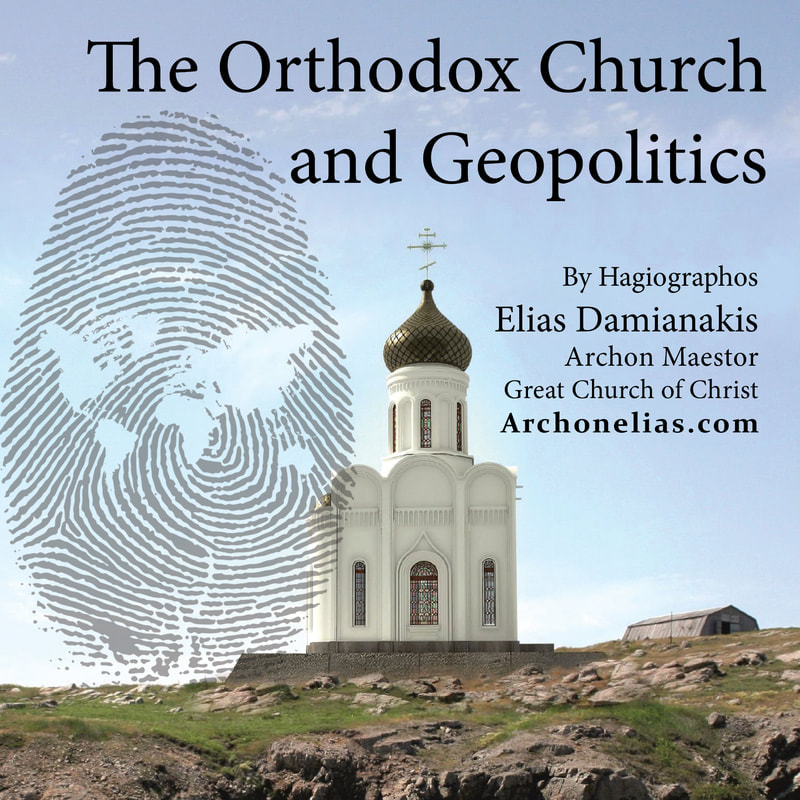
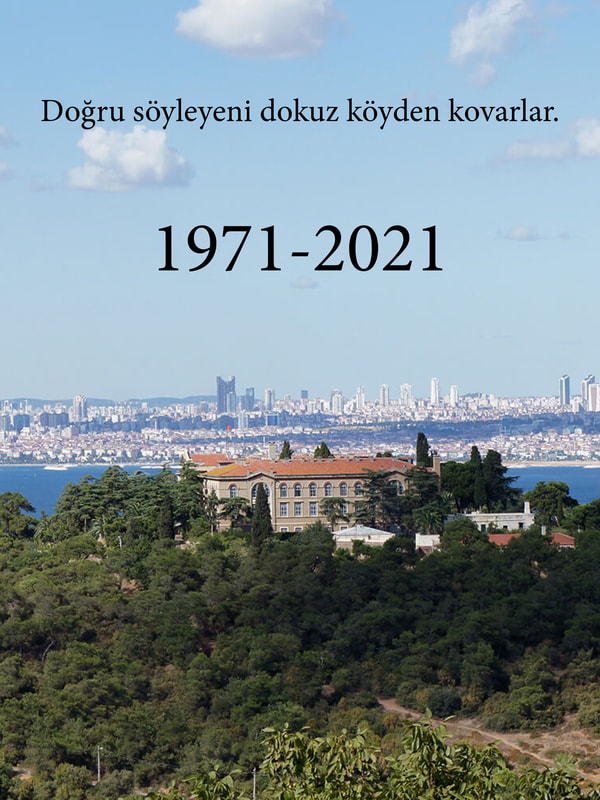
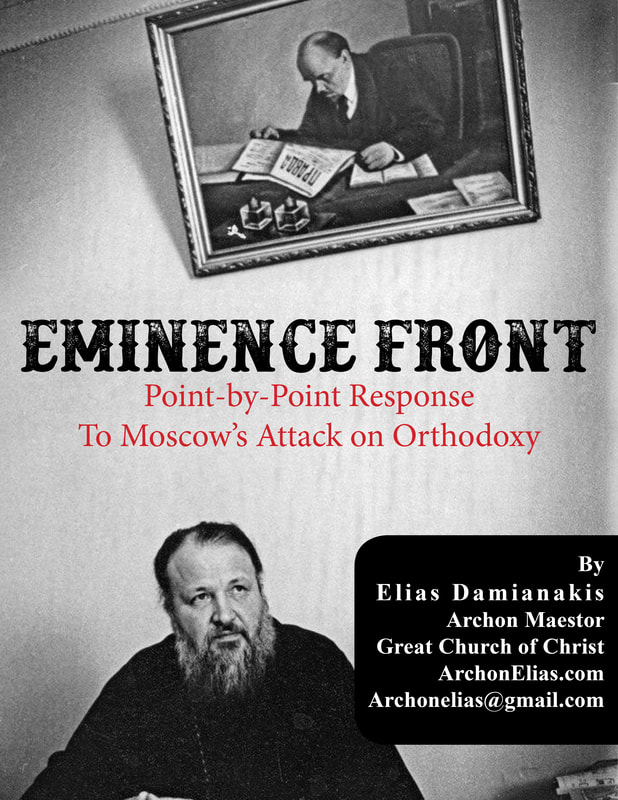
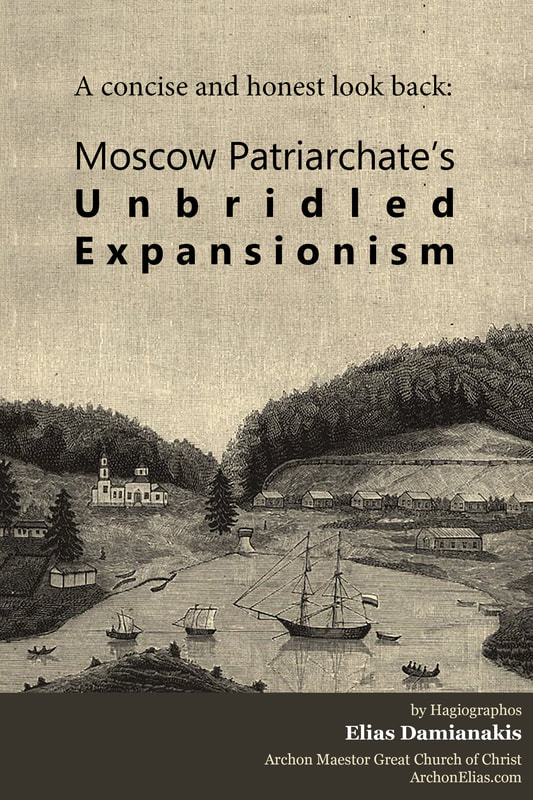
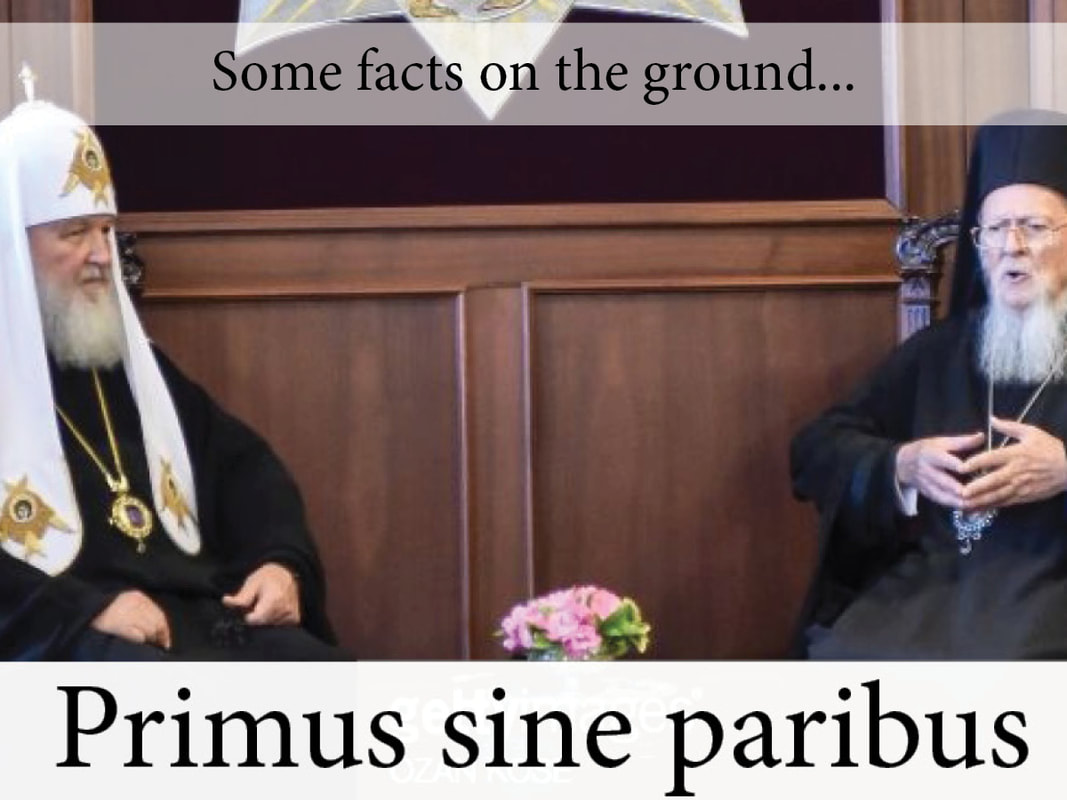

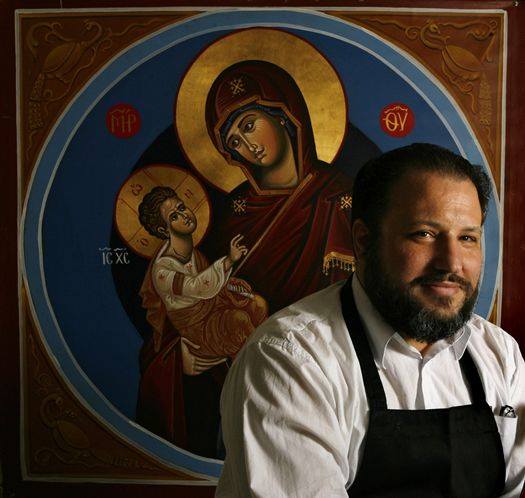
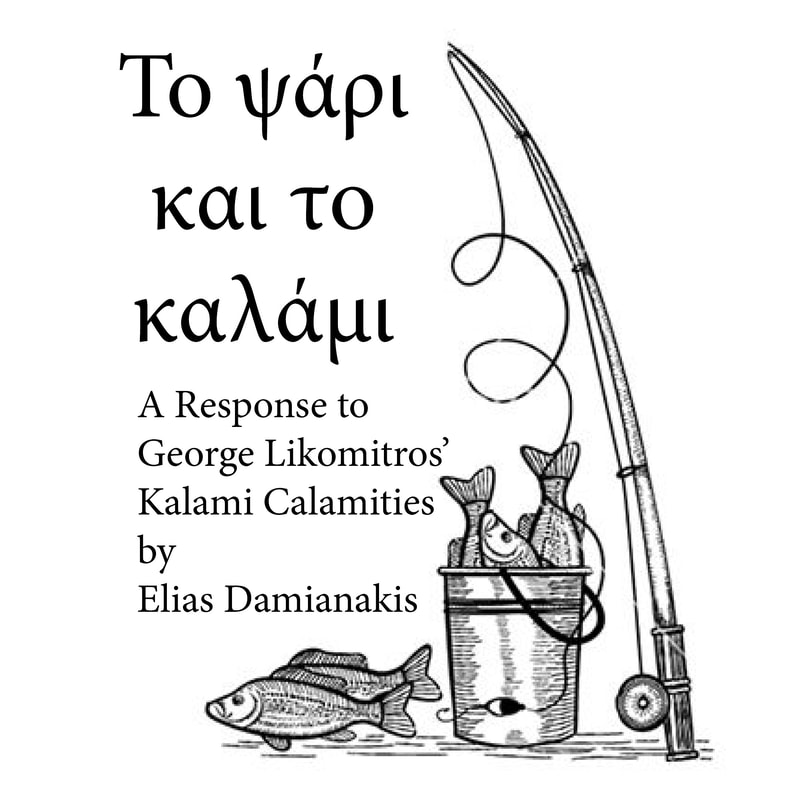
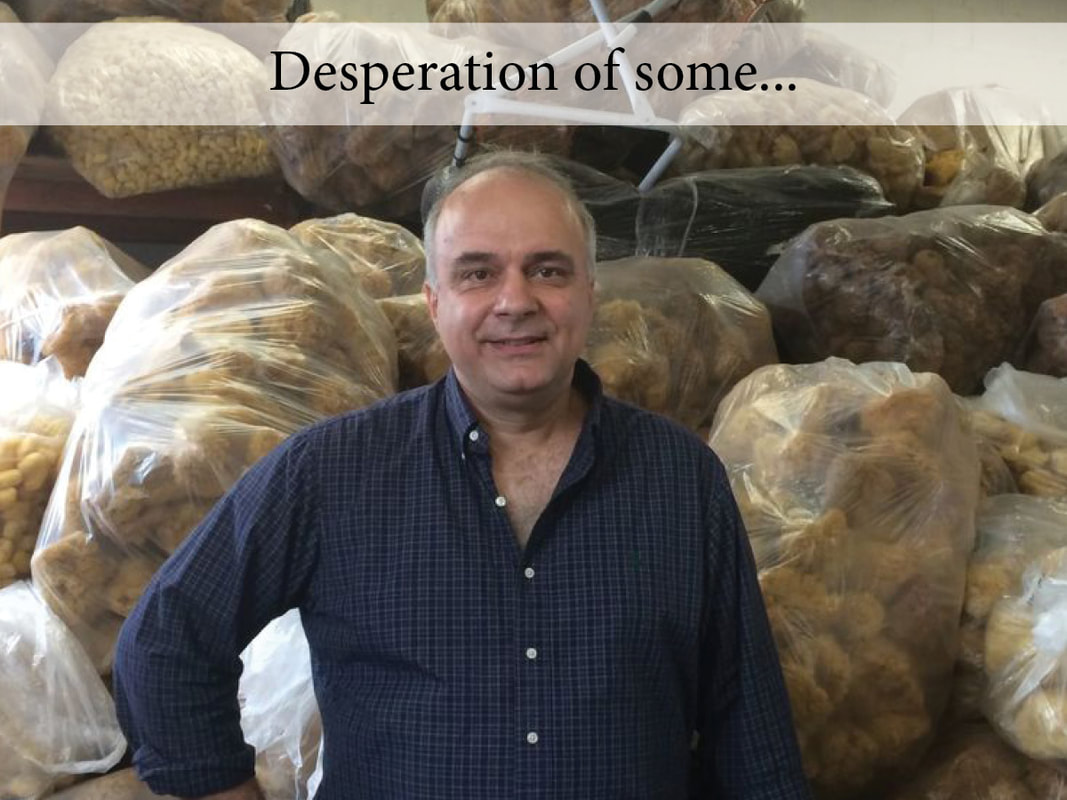
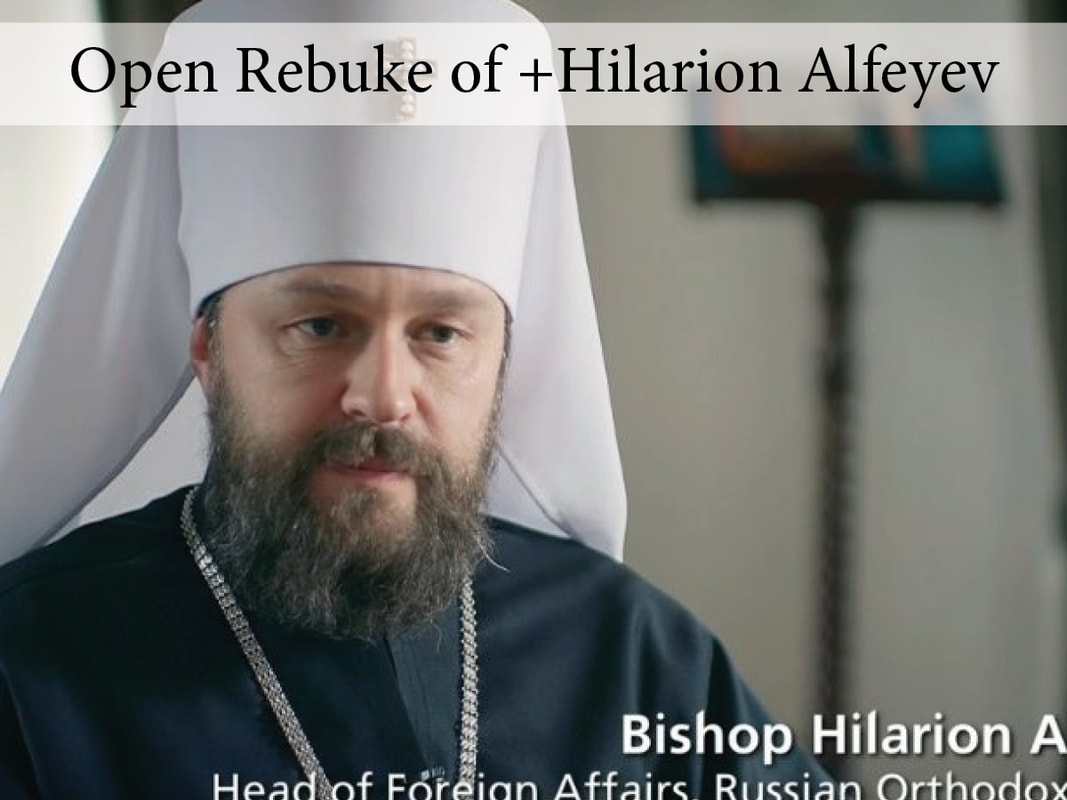
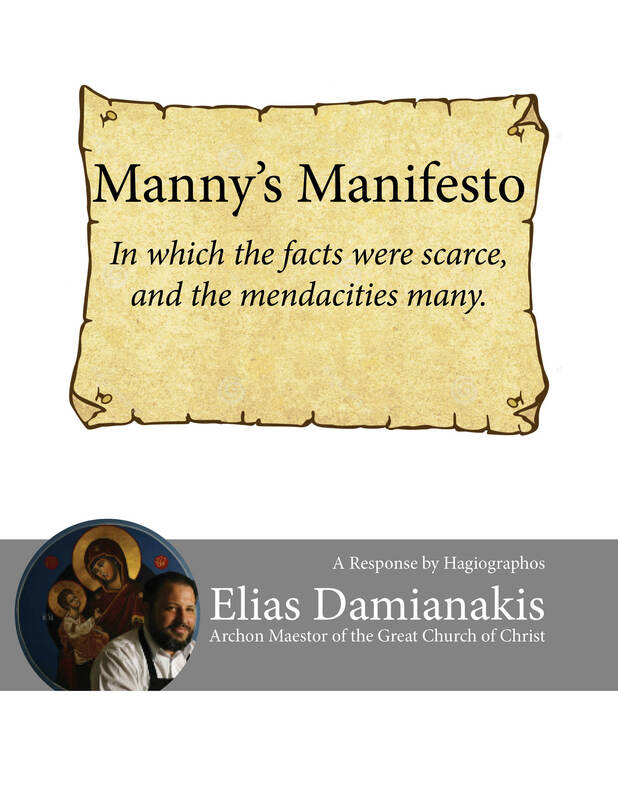
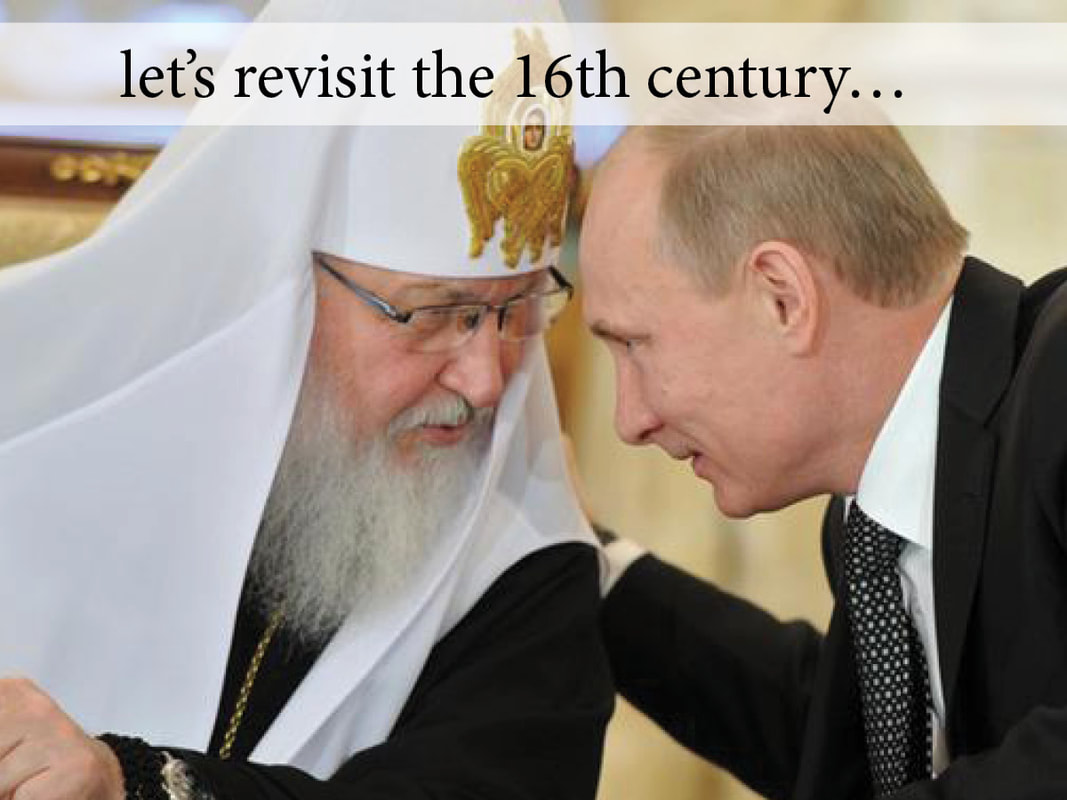
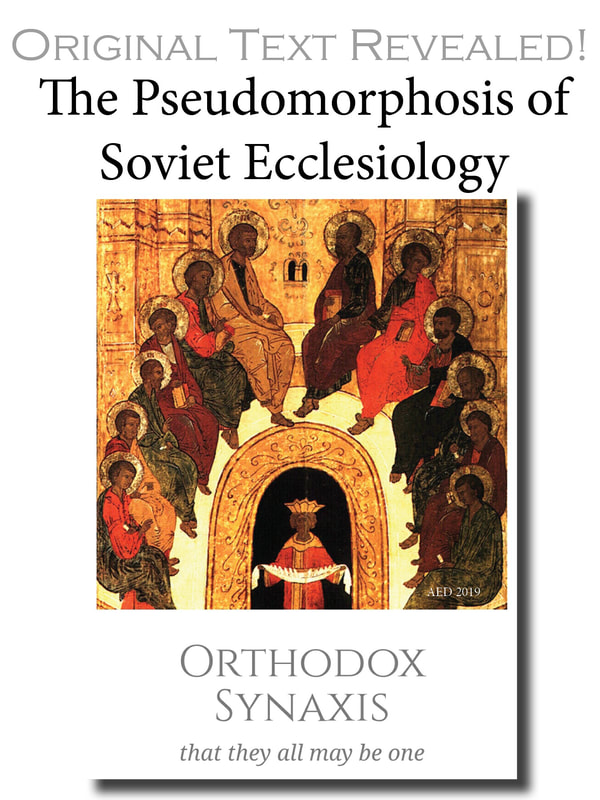
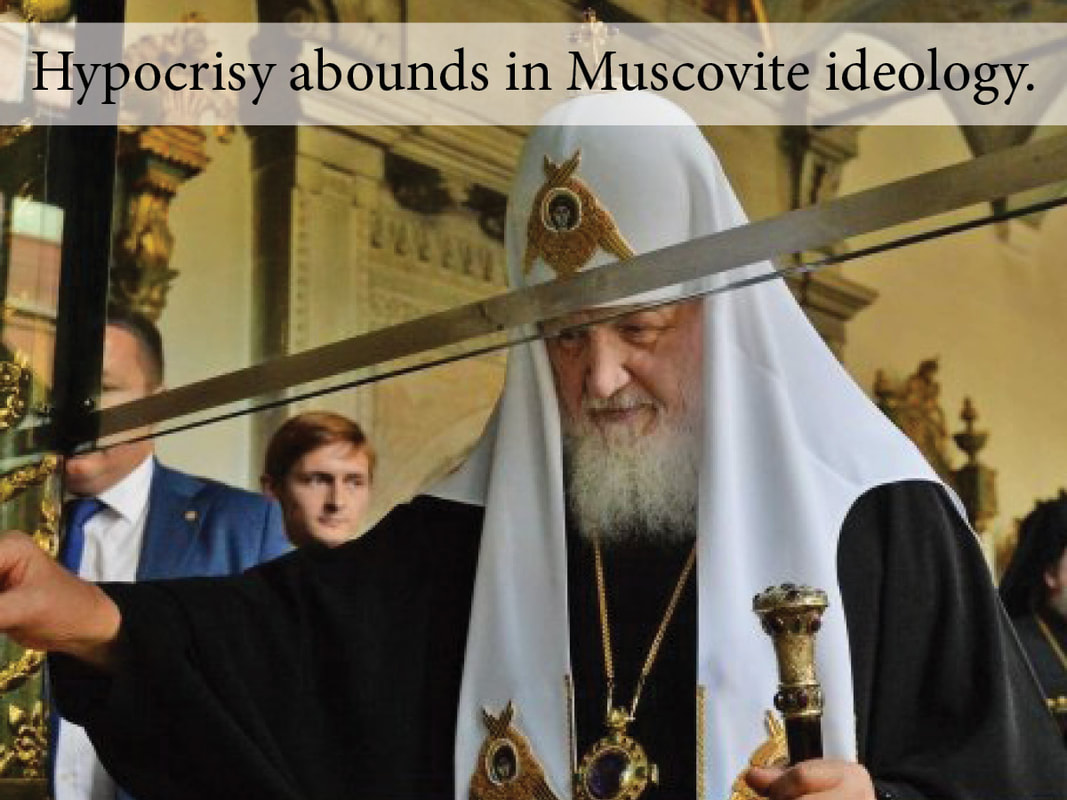
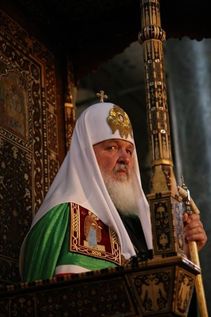
 RSS Feed
RSS Feed
